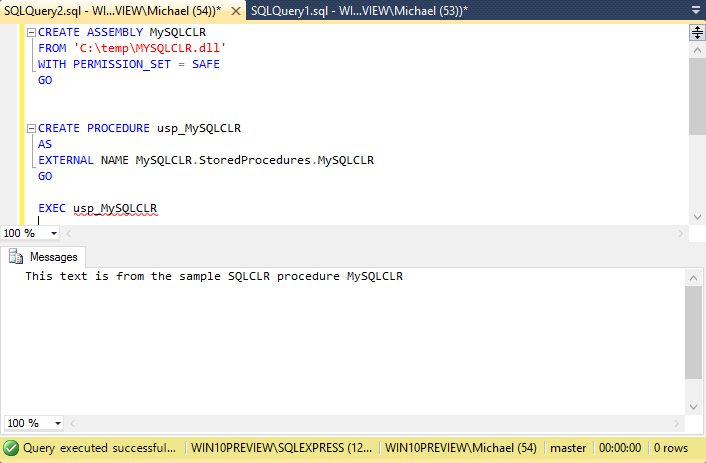Main Menu
Mysql Static Dll
суббота 01 декабря admin 86
Linking Connector/C++ to Applications Connector/C++ is available as a dynamic or static library to use with your application. This section describes how to link the library to your application.
Set minimum line width. Adjust line width (x and y directions). Protel pcb viewer free download. Open a hole on a pad. Selectively display single layer pad, multi-layer pad, and via.
Linking the Dynamic Library To use a dynamic library file (.dll extension), link your application with a.lib import library. At runtime, the application must have access to the.dll library. The following table indicates which import library and dynamic library files to use for Connector/C++.
Connector/C++ 8.0 implements new APIs for accessing document store of MySQL Server 8: X DevAPI for applications written in C++11 and X DevAPI for C for applications written in plain C. The same APIs can be also used to execute traditional SQL queries.
LIB denotes the Connector/C++ installation library path name. The name of the last path component differs depending on whether you use a 64-bit or 32-bit package. The name ends with lib64/vs14 for 64-bit packages, lib/vs14 for 32-bit packages. In addition, import library files are found in a subdirectory named for the build type used to build the libraries, here designated as vs14. Connector Type Import Library Dynamic Library X DevAPI, X DevAPI for C LIB/vs14/mysqlcppconn8.lib LIB/mysqlcppconn8-1-vs14.dll JDBC LIB/vs14/mysqlcppconn.lib LIB/mysqlcppconn-7-vs14.dll Linking the Static Library To use a static library file (.lib extension), link your application with the library. The following table indicates which static library files to use for Connector/C++. LIB denotes the Connector/C++ installation library path name.
The name of the last path component differs depending on whether you use a 64-bit or 32-bit package. The name ends with lib64 for 64-bit packages, lib for 32-bit packages. In addition, static library files are found in a subdirectory named for the build type used to build the libraries, here designated as vs14. Connector/C++ and Application Build Configuration Must Match Because the application build configuration must match that of the Connector/C++ it uses, Release is required when using an Oracle-built Connector/C++, which is built in the release configuration. When linking dynamically, it is possible to build your code in debug mode even if the connector libraries are built in release mode.
However, in that case, it will not be possible to step inside connector code during a debug session. To be able to do that, or to build in debug mode while linking statically to the connector, you must build Connector/C++ from source yourself using the Debug configuration. • From the main menu select Project, Properties.
This can also be accessed using the hot key ALT + F7. • Under Configuration Properties, open the tree view. • Select C/C++, General in the tree view. • In the Additional Include Directories text field, add the include/ directory of Connector/C++ (it should be located within the Connector/C++ installation directory). Also add the Boost library's root directory, if Boost is required to build the application (see ).
• In the tree view, open Linker, General, Additional Library Directories. • In the Additional Library Directories text field, add the Connector/C++ library directory (it should be located within the Connector/C++ installation directory). The library directory name ends with lib64 (for 64-bit builds) or lib (for 32-bit builds). The remaining steps depend on whether you are building an application to use the Connector/C++ dynamic or static library. • Open Linker, Input in the Property Pages dialog. Adobe encore cs6 download.
